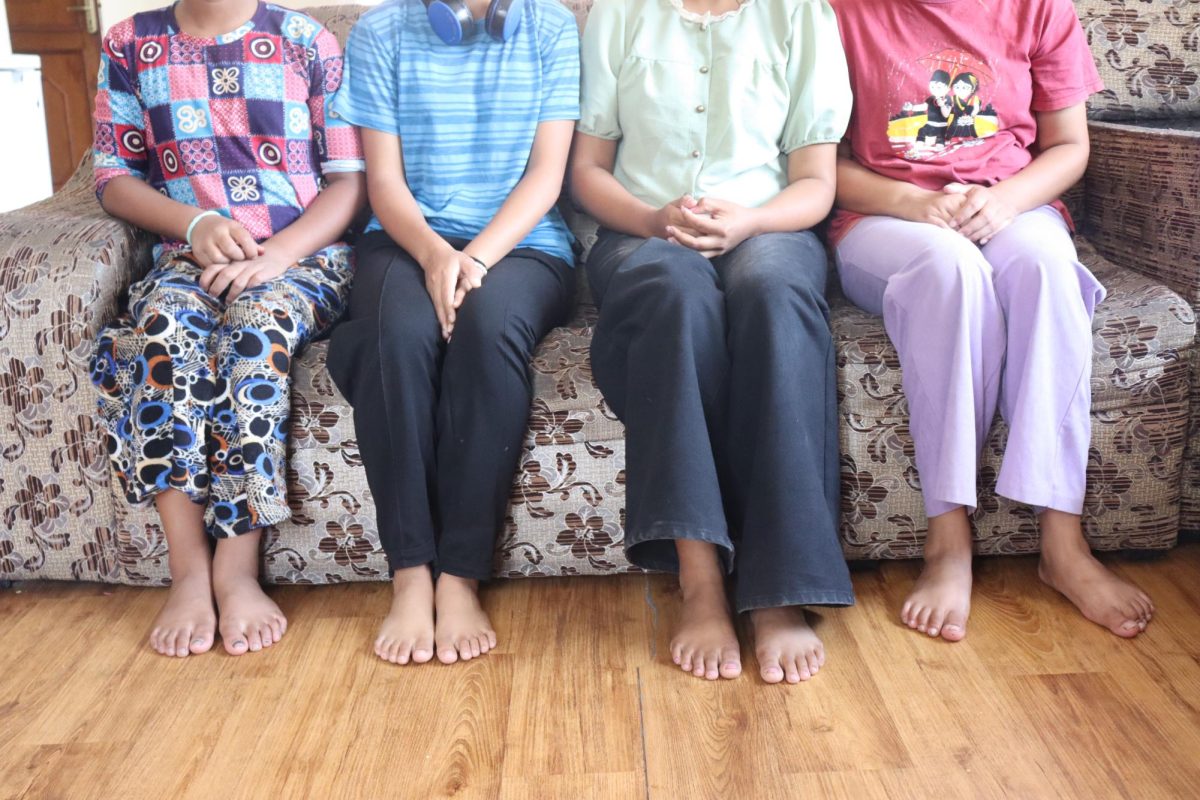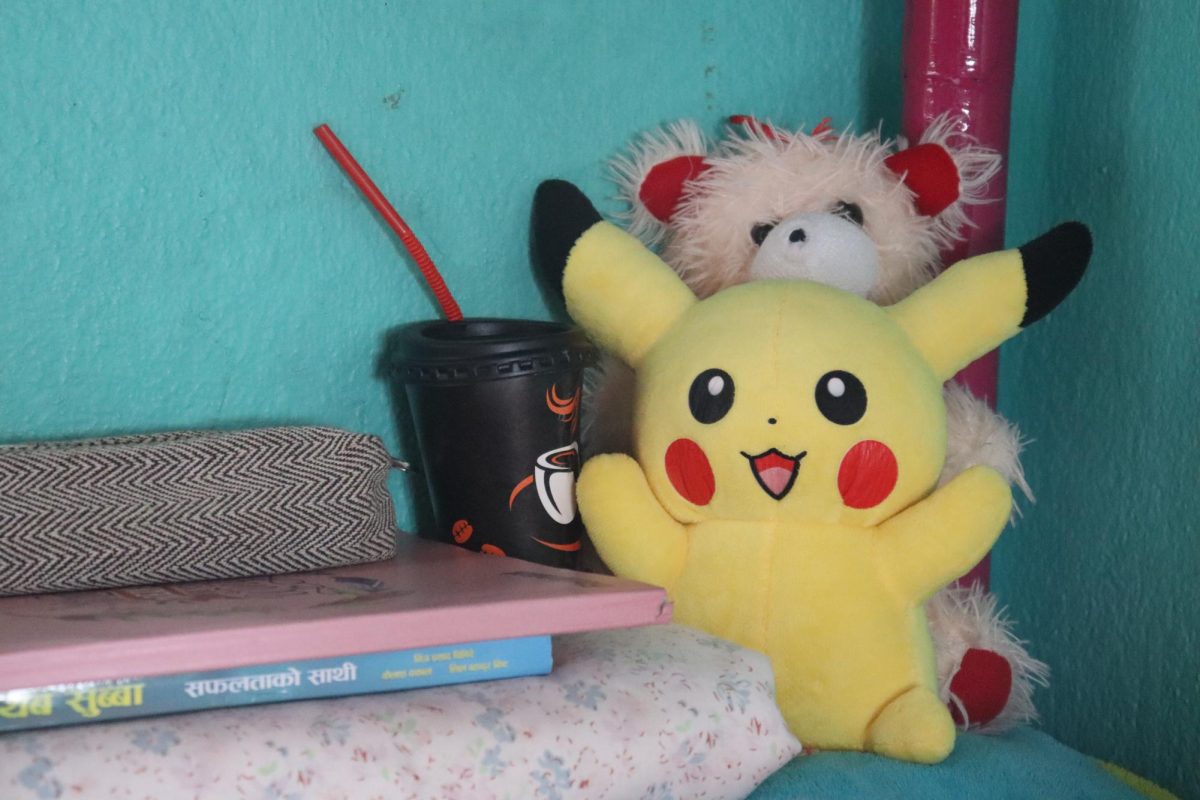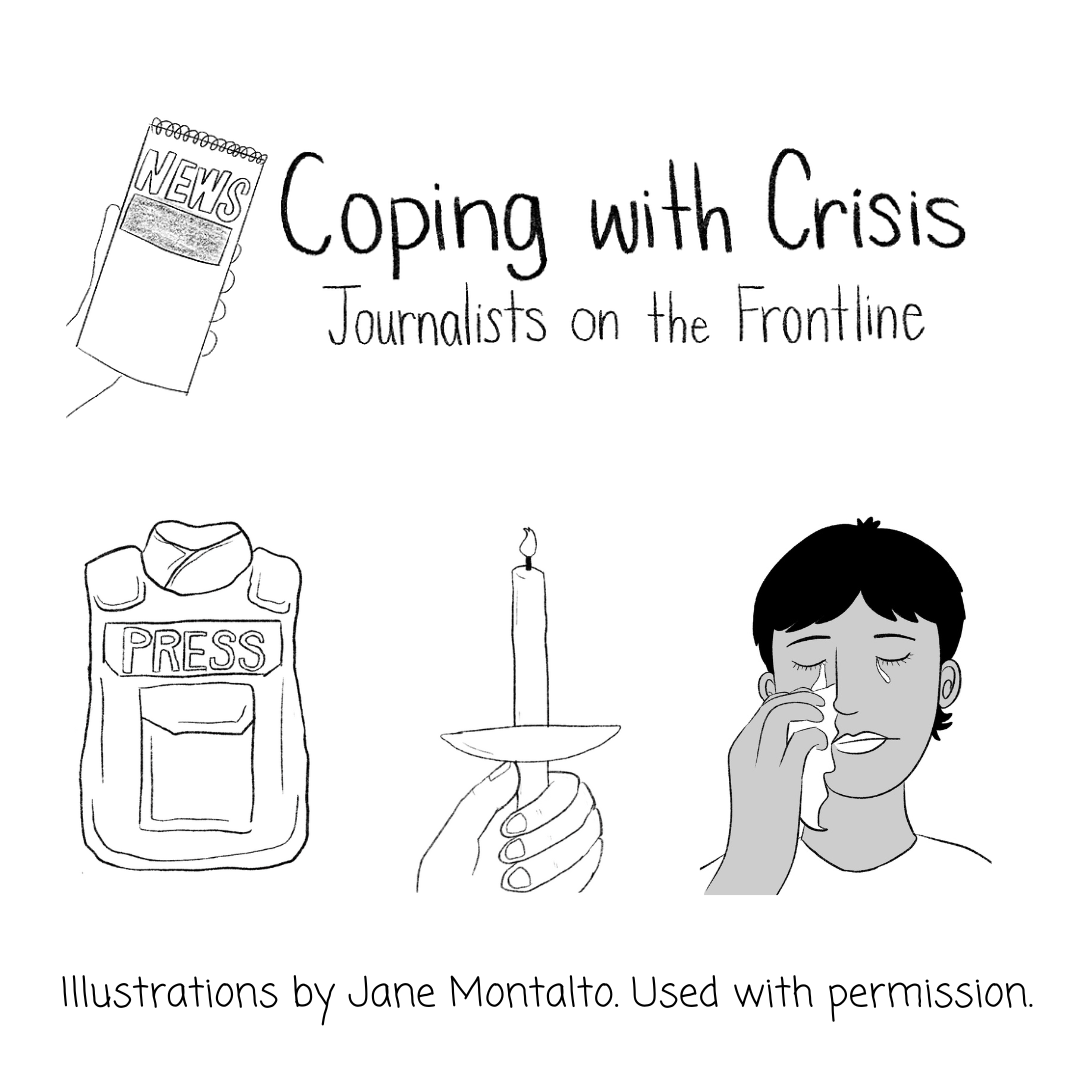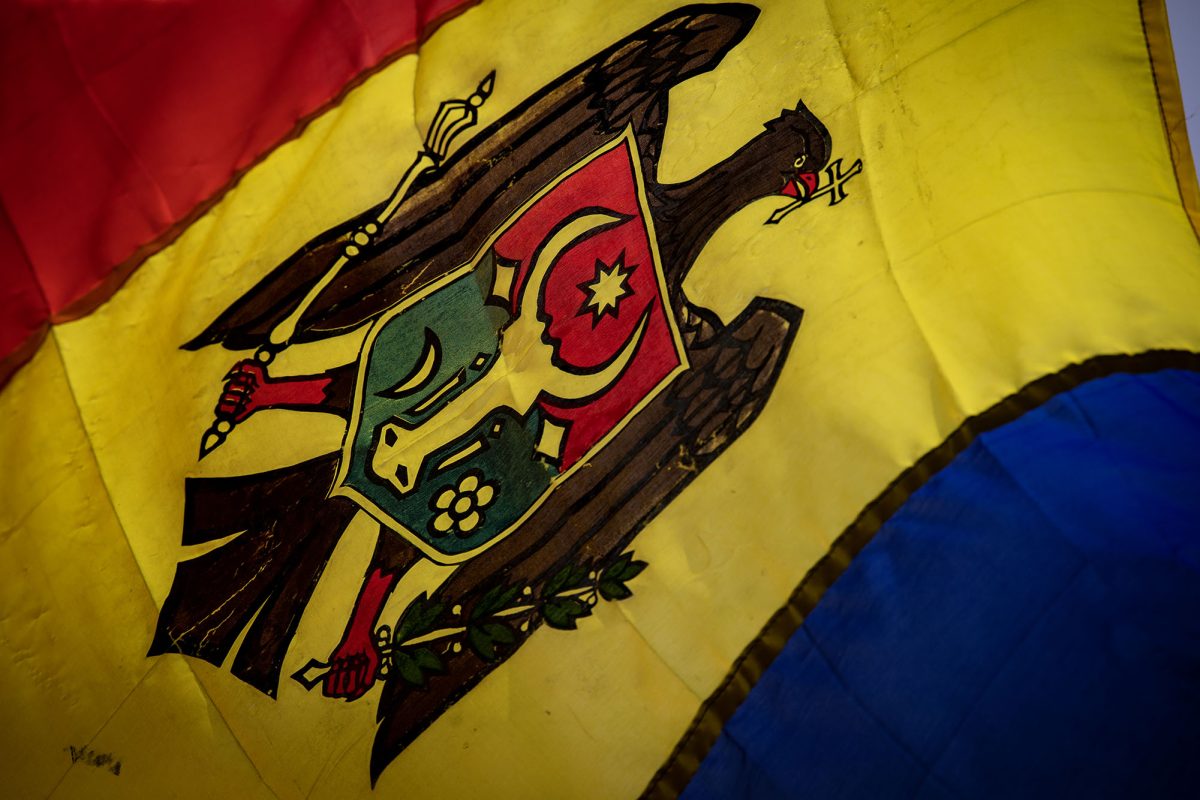Hidden in plain sight: Nepal’s trafficked children
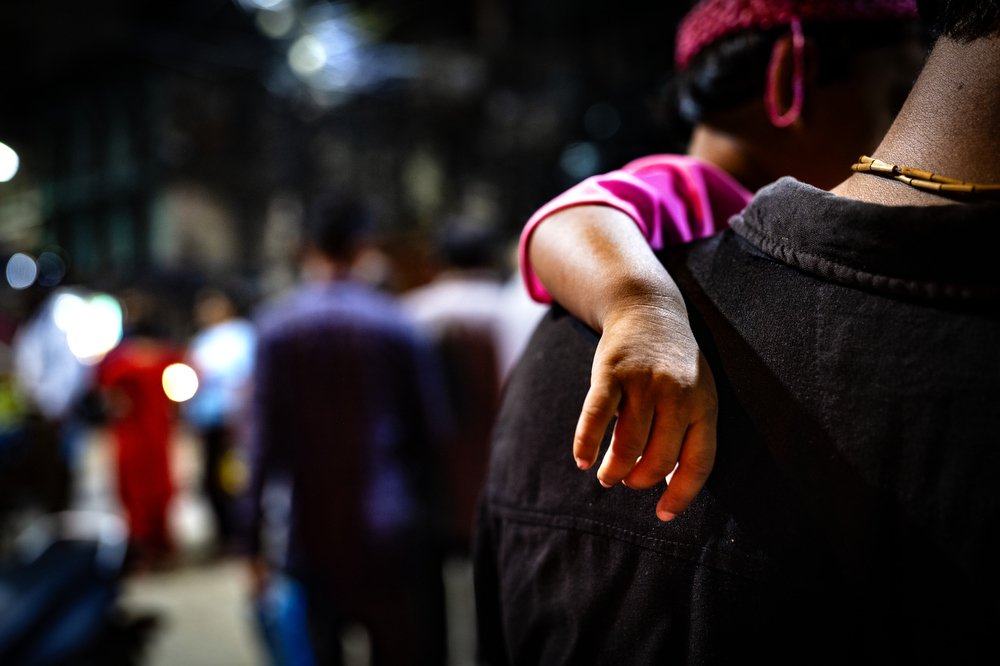
A municipal government official is working in his office when a man walks in requesting a death certificate.
“Who is the certificate for?” the official inquires.
“Me,” the man replies. “I want to send my child to an orphanage.”
This scene is played out far too often in many rural Nepali municipalities: parents falsifying their own death certificates in order to send their children to orphanages, hoping they will gain access to higher quality education and better work opportunities. But the people coming to collect these children are not school teachers or employers — they are abusive agents of human trafficking.
Orphanage trafficking is not the only form of child trafficking in Nepal. Labor and sex trafficking also haunt Nepali society, posing greater threats to impoverished, vulnerable families.
A significant amount of funding for these criminal activities comes from western tourists. While many believe they are donating to legitimate organizations, some are consciously looking to profit from them.
But there is hope for the future. The National Child Rights Council (NCRC) is working with other government agencies and NGOs to make Nepal — a country where 40% of the population is under 18 — a safer place for its children. Yet with each rescue launched and sanctuary established, victory can still feel precarious.

Orphanage trafficking is not a recognized form of trafficking in Nepal, only referred to as “illegal transportation of children.” Without a clear definition, parents may be unaware that this form of trafficking even exists and can be led to believe that they are making the best decision for their kids by sending them away.
For example, not every Nepali family can afford a proper education. It can be expensive even to learn the basics, where quality education is often found in private schools. In impoverished homes where it may be a struggle to simply eat, sending children to so-called schools or businesses is considered a steal for some parents.
“They don’t want to feed their children because they can’t afford it. In some cases, parents have no idea what their children are doing,” said Prakesh Khadka, CEO of Jagriti Child and Youth Concern Nepal (JCYCN). “They make some additional money and send it home, and parents are happy with that. Even a few thousand rupees is big money for them.”
When paper orphans are rescued, organizations such as JYCYN work to reintegrate them with their families. If the children are too young to remember their parents’ names or where they are from, rescuers will search the documents stored in child care homes.
Sometimes, falsified birth or death certificates contain the correct identifying information. If their families cannot be located, rescued children are referred to long-term support facilities.
About 75% of the 400 child care homes in Nepal are located in the five major tourist destinations, including popular cities like Kathmandu, Pokhara and Chitwan. This is not a mere coincidence — many of these facilities garner support and funding through “voluntourism.”
International tourists, mostly from the West, volunteer in these so-called orphanages, hostels or education centers when they visit Nepal. Despite it being illegal to volunteer on a tourist visa — a rule overlooked by many — these facilities allow tourists to volunteer without any background checks. In some instances, these tourists are arrested for sexually abusing the children.
“You should not be allowing some random adult to live amidst children who are already very vulnerable,” said Shraddha Verma, a consultant for ECPAT (End Child Prostitution and Trafficking) and other civil society groups.
But even if volunteers have genuine intentions in this humanitarian work, the children can still be negatively impacted, especially those who may already be struggling with abandonment issues.
“They come for a while, they build these strong attachments and then they just leave,” Verma explained. “That’s going to affect the children a lot more.”
These good samaritans also can unknowingly support the exploitation of children. Sarala Tamang, an anti-trafficking activist, said tourists who come to volunteer in these facilities will continue to donate funds even after they return to their home country, moved by what they believe was a meaningful experience.
Verma said volunteering in these faux-orphanages is often another excursion just added onto tourism packages, sold alongside paragliding over lakes and trekking through the Himalayas.
In cases where orphanages are exploiting children for financial gain and housing paper orphans, they are deemed not to meet the National Minimum Standards for Operation Management of child care homes — but the matter often ends there.
“The children are rescued, the government gives multiple warnings for them to shut down and that’s it,” Verma said. “There’s no foundational ground for them to be tried in a court [or] for a case to be filed. All we can do is say ‘You’re not taking care of them, we’re taking them now.’”
In 2020, the United Nations Office of Drug and Crime ratified what is known as the Palermo Protocol. This legislative guide updated protocols on preventing, suppressing and punishing trafficking in persons, especially women and children.
In response to this, civil society organizations (CSOs) throughout Nepal created a framework of rescue, repatriation, rehabilitation and reintegration that was submitted to the government. But their propositions were not easily met.
“The government said, ‘No, this is our job. Let us do it,’” Verma explained. Even though the international conventions supersede domestic laws, Nepal has yet to amend its constitution to align with the ratified protocols.
CSOs and survivor groups have been lobbying for Nepal to change its constitution, but because these new changes would also impact 16 other amendments, advancements have been slow. But, sharing the work beyond the national government has helped to make progress.
“Having local levels really helps because there’s shared accountability,” Verma said. “Local governments are much more capable of being more vigilant than just having a national body that’s out of touch. The decentralization of it all has really helped.”

Verma herself is a witness to a broken orphanage system.
She was born and raised in one of the genteel areas of Kathmandu. Her father was a professor in the English department at one of the best universities in Nepal; her mother stayed at home with education, but was very creative. Verma and her mother often took care of her father, who was already retired in his 60s and battled diabetes and heart issues.
But when she was 8 years old, her mother was diagnosed with lung cancer. As her mother’s illness progressed, Verma moved back in with her mother’s maternal home, where there would be more family to help care for her. At the time, Verma thought the move was temporary.
Verma’s mother was hospitalized in her final days. Unfamiliar with the concept of death at 9 years old, Verma assumed her mother would be returning home. To her, people went to hospitals when they were sick so they could return better.
One morning, Verma’s grandmother and uncle woke her and said she would not be attending school that day; they were visiting the hospital instead. They arrived at the hospital and began heading downstairs — the opposite direction of where her mother’s room was.
Verma repeatedly informed everyone they were going the wrong way to her mother’s room, but they said nothing in return. When they entered the hospital morgue, Verma watched her aunt crying over her mother’s body. She stared at the scene, finally registering that her mother had died.
“I had to process all of that information by myself,” she said. “Nobody said anything to me.”
Her mother was cremated at the Pashupatinath Temple. It was the first time she had seen her father in the year since they left his home, and unbeknownst to her at the time, it would also be the last.
In a monumental moment, Verma lit her mother’s funeral pyre, a practice traditionally reserved for sons. Photographers from newspapers gathered all around for the rare event, but Verma detested the press. She could barely process what was unfolding in the flames before her eyes, let alone feel the weight of losing a mother.
For a fleeting moment, Verma did not even see her mother in front of her.
“All I saw was, ‘This is a dead body,’” she recalled. “It was a split second thing, but it haunted me.”
The following day, Verma’s uncle sent her back to the English medium school she was attending with a note explaining her absence.
“I still remember being embarrassed by the fact that he wrote it in Nepali,” she said. It was the second moment that would haunt her with guilt for the years to come.
Verma’s family followed the traditional Hindu funeral process, a 13-day ritual held for the soul of the dead to be released for reincarnation and for loved ones to seek solace. On the fourteenth day, Verma was sent away to a boarding school. Although it was only a ten-minute walk away from her maternal grandparents’ house, she rarely had any visitors.
About a year later, Verma’s aunt and uncle paid her a visit and took her out to eat at a restaurant with the family lawyer. She was thrilled to be eating anything other than boarding school food. As she raised her fork to her mouth ready to bite into a chicken Momo, they slid a newspaper cutout across the table towards her. It was her father’s obituary.
Still gripping the fork, a single teardrop slid down her face. At 10 years old, Verma was now an orphan.
By law, the state assumes responsibility for Nepali children without parents. But the government was completely uninvolved in Verma’s case, and her legal guardian became her aunt, a single mother with two sons.
“It’s defined in the law that those are the children in need of special protection,” she said. “I was a child in need of special protection, but I had none of that.”
Despite these hardships she overcame in life, Verma believes she was privileged in many other ways: she lived in the capital city, had access to education and maintained a social life with friends. Without this, Verma said she would not be where she is in life today.
By the time she was 20, Verma found her calling working to ensure children’s protection. Given her own experience, she understands that the hardships children face deeply impact them, even if they cannot express it.
Shraddha now works as a consultant for ECPAT Luxembourg, an NGO that combats child exploitation and trafficking. She could not imagine a life where she is engaged in any other profession.
“Look at all these people that have their lives changed because you worked a little harder,” she said. “That’s what’s keeping me alive.”
Human trafficking is largely rooted in socioeconomics, with poverty, gender disparities and domestic violence creating profiles for trafficking targets. Perpetrators will often look for children in broken families who do not have alternate means of care, or are not closely looked after by their guardians. Although it is difficult to obtain exact data on human trafficking in Nepal, the National Human Rights Commission estimated in 2019 that 1.5 million Nepalis were at risk of being trafficked.
“Trafficking is not a crime that exists in isolation,” said Charimaya Tamang, president and co-founder of Shakti Samuha, the world’s first organization led by survivors of trafficking. “It exists because it has roots in the society.”
As society has morphed with the digital age, child trafficking has changed as well. Prior to social media, traffickers mainly targeted rural areas, seeking out uneducated women and girls.
Now, widespread technology has increased accessibility to women, young girls and children from all over Nepal, even those with higher levels of education. To keep up with the times, agents now pose as collegiate recruiters and offer opportunities to study in China, South Korea and Japan as a way to lure more people into trafficking schemes.
Children with disabilities are at high risk as well, especially in rural areas. Verma recalled a 13-year-old girl with down syndrome who was sent to school solely for protection — even though she educationally could not advance more than she already had. When she was left home alone, she was raped more than five times.
“It’s devastating to see that,” Verma said. “That is just a child, they have a right to live normally as much as anyone else.”
Other targets are young mothers and children born from child marriages. Since marriages under 20 years old are not legally recognized by the government in Nepal, children born in these circumstances are not legally recognized either. Unlike paper orphans, these children never had proper documentation to begin with.
But the lack of citizenship documentation extends beyond these children. According to the U.S. Department of State’s 2023 Trafficking in Persons Report, it’s estimated that 6.7 million Nepali people — a quarter of the country’s population — lack documentation, putting them at risk of trafficking.
Survivors are also still vulnerable to threats and intimidation from perpetrators during their rehabilitation. Verma described one instance in which a survivor was beginning her reintegration process while her court case was still ongoing, moving out of the shelter and into an apartment of her own.
Although the woman’s perpetrator was in custody, he garnered enough power to send people to her home to go after her. She tried moving to five different apartments — every new place she went, they found her. Eventually, she decided to move back into the shelter for security.
Perpetrators will take action inside the courtroom as well, sometimes with support of the child’s family. Khadka recalled one case where a perpetrator and parents claimed a safe house had abducted and forcibly kept a rescued child. Because parents legally have first rights to their children, the court ordered the child to be removed from the shelter and returned to the family.
Political corruption plays a prominent role in this issue as well. It can be difficult to prosecute well-connected perpetrators, or even arrest them in the first place. Khadka explained how the process to convict those who participate in human trafficking is often “highly political” and the mechanisms of government to prosecute are so complex since the “implementing parties are poor.”
For JCYCN, collaborating with the police can be challenging. They face limited resources, political pressures from upper levels and even information leaks; and the same troubles extend to Nepal’s Anti-Human Trafficking Bureau.
Khadka recalled an operation to rescue 18 young girls from a region nestled in the foothills of the Himalayas. He refused to tell the Bureau’s higher-ups the exact rescue location until just before they were ready to mobilize, hoping to minimize the risk of information leaks.
He waited until just one hour before they began to move in. By the time the rescue team arrived at the scene, all 18 girls were gone.
In another rescue mission, JCYCN saved four young girls under 16 years old working in a 24-hour service station for truck workers. They would work from 6 a.m. until 2 a.m. the following day, and were allowed only a few hours of break throughout the workday. Some of them were also sexually exploited.
Despite their shortcomings, the NCRC must collaborate with the local government to mobilize the police — even if the rescue fails due to their inadequacy.
“When we rescue, we don’t have all the services ourselves, so we have to refer these cases to other partners,” Khadka said. “It’s organized crime and we need organized support.”
On a regular Wednesday afternoon in a shelter home run by Nepalese Home, an NGO helping to combat child trafficking, most of the girls have left for school and work. On the second floor, their rooms of pink and blue-colored walls are filled with bunk beds and closets.
Stuffed animals rest on top of the beds, posters of K-pop bands hang on the walls and school materials are all spread out, neatly organized. Clothes hang off the balcony, drying in the sunlight, while food is being prepared in the kitchen downstairs. In the backyard, a reading room is under construction.
It looks like any other home, where kids are free to decorate their personal spaces, play with one another and rest after long days. It’s more than that, though. It’s a home where kids rescued from abusive workplaces have the chance to restart.
For more than 15 years, Nepalese Home has been an official partner of Hope Mobilization, an international NGO based in Brazil that aims to shelter, educate and reintroduce to society children who are survivors of trafficking or at risk of being trafficked. Together, the two organizations form a project called The Apple of God’s Eyes.
Nepalese Home’s infrastructure includes five shelter homes, a school, a therapy and counseling center, a vocational training center and a farm. There are currently 130 kids living across all five houses run by the organization. The school, which receives children from all over its community, educates over 300 students. In total, more than 600 girls and boys have gone through the project.
“Seeing a girl broken and then seeing her going out whole with her family and independent life, I think that’s the most gratifying thing for us,” said Mamata Tamang, a project manager at Hope Mobilization.
Mamata said that, at the moment, many of the rescued children Nepalese Home receives come from rural areas to Kathmandu in the hopes of getting a better education and finding a job in the city, but end up in abusive environments, often being overworked and exploited for sexual labor.
She recalled an instance in which one survivor’s family made a deal with a restaurant owner who promised to send their daughter to school if she worked at his restaurant. Even though the young girl was enrolled in school, she could almost never attend classes because of her inhumane work hours at the restaurant. Eventually, the owner began sexually abusing her.
After a few years, the girl told one of her teachers about her situation, prompting her rescue. “It’s a similar story in most of the cases,” Mamata said.
Nepalese Home partners with the Nepali Anti-Human Trafficking Bureau, which organizes the rescue of children and eventually sends them to the NGO. Once they arrive, they are sent to an intensive care home, which has a maximum capacity of 14 girls, where they get emotional support and have space to understand what happened to them.
When they are first rescued and brought to shelters, many girls may exhibit increased promiscuity, sudden isolation or drastic changes in behavior. Some may be resistant to therapy or legal counseling.
“They don’t realize that it was something wrong or that it is a crime,” Mamata said. “You’re not a criminal, but someone was abusing you and using you.”
The girls stay in the home for a minimum of six months. After the first 24 hours, legal cases are filed in their names against those who abused them. In many instances, the girls help the Bureau identify the criminals.
Although Hope Mobilization is an international NGO operating in Nepal, there are many other Nepali-founded and run organizations working to combat child trafficking. Shakti Samuha — the first survivor-led and founded organization — was initially started in 2000 by 15 women rescued from Mumbai in 1996. They were rescued alongside 500 other girls from Nepal, India and Bangladesh.
One of these women was Balkumari Darlami, the current executive director at Shakti Samuha. Orphaned at a young age and with older siblings who did not have the capability to take care of her, Darlami took the offer of a man who had previously taken children across the border to India for work. She arrived at a circus in India and signed a contract that kept her indebted to the traffickers at only 10 years old.
“The agreement was the younger you are, the more years that you have to spend in the circus,” she recalled.
For the next nine years of her life, Darlami began her days at 4 a.m. working in the circus until midnight each day. She and other child workers were subjected to beatings if they disobeyed orders, and were often locked away.
Her circumstances turned more sinister when she was sold to another circus at 15 years old. There, she was subjected to not only physical abuse, but also to sexual abuse by the circus owner and his son.
When she was 19, Darlami caught wind of a joint rescue operation being conducted by a Nepali organization and the Indian police to save children under the age of 18. On the first rescue mission, she was left behind. On the second mission, she passed along a letter with the names and address of her brothers back in Nepal.
On the third rescue mission, Darlami was finally saved.
“Even after I came back I had nightmares for the longest time,” Darlami said. “I was already out of the place, but, in my mind, I was still there.”
In 2006, Darlami became a part of Shakti Samuha. Now, almost twenty years later, Darlami oversees the organization’s operation in nine districts of Nepal. Shelter homes, long term facilities and halfway houses provide support and protection for over 100 women and girls, including employment opportunities after the rehabilitation and reintegration process.
All seven members of the executive board and 20% of the current staff are survivors themselves, epitomizing the organization’s motto: “Convert our tears into power.” These women believe survivors are the true change makers in combating trafficking, since they themselves have lived through the trauma they are saving others from.
“Once you’ve been a survivor, you want to make sure no one else goes through the same thing,” Darlami said. “That’s why you continue to do this work that we’ve done.”

